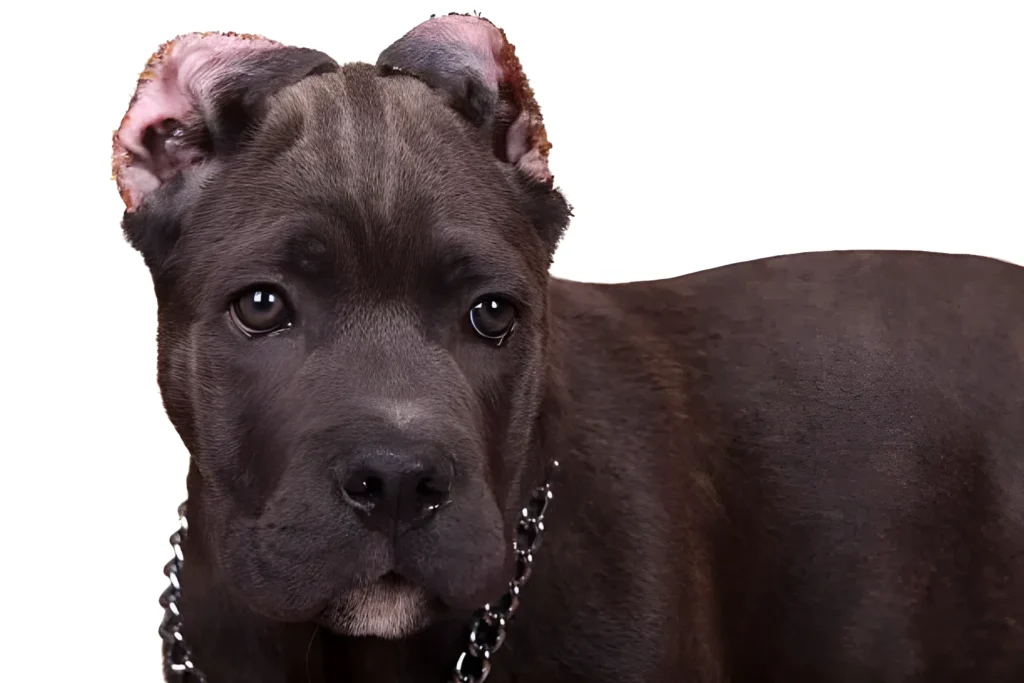Ear cropping surgically reshapes a dog’s ears, usually for a pointed, erect look. Costs range widely, starting around $150 and potentially exceeding $600. Several factors determine the final price:
Factors Influencing Ear Cropping Costs
Veterinarian’s Experience and Location: Veterinarians with extensive ear cropping expertise often charge more, especially those in major cities where practice costs are higher. It’s essential to find a qualified veterinarian experienced in the specific crop style you desire for your dog.
Dog’s Age and Size: Older and larger dogs can present greater surgical challenges. Younger pups usually have a smoother recovery process, but ethical vets may have age limits for the procedure.
Crop Style and Complexity: Elaborate “show crops” demand more surgical skill and a lengthier aftercare process, leading to higher costs compared to shorter or less intricate styles.
Anesthesia, Medication, and Aftercare: The cost of safe anesthesia, pain relief, antibiotics, and essential aftercare supplies like bandages and Elizabethan collars all factor into the total expense. Follow-up appointments to monitor healing progress may incur additional fees.
Understanding the Ethical Debate Around Ear Cropping
Ear cropping is a highly controversial practice. Here’s why:
Animal Welfare Concerns: The AVMA and numerous animal welfare organizations oppose ear cropping, arguing that it causes unnecessary pain and can negatively impact a dog’s ability to communicate through ear positioning.
No Proven Medical Necessity: While proponents may cite reduced ear infections as a benefit, there’s no scientific evidence to support this claim. Ear cropping is primarily a cosmetic modification.
Changing Breed Standards: Historically tied to certain breeds like Dobermans or Great Danes, ear cropping requirements are increasingly being challenged. Some kennel clubs now accept uncropped dogs, reflecting shifting societal views.
Humane Alternatives to Ear Cropping

If you love the alert, pointed ear look but are uncomfortable with surgical modification, there are several humane alternatives to consider:
Choosing the Right Breed: Many dog breeds naturally have upright ears. Popular examples include German Shepherds, Siberian Huskies, Basenjis, Shiba Inus, and various terriers. Do your research and discover breeds that fit your lifestyle and naturally possess the desired appearance.
Ear Training (Limited Success): Some dog owners experiment with taping and bracing their pup’s ears to encourage an upright shape. However, success rates are highly variable and may depend on the breed’s ear structure. Consult your veterinarian for guidance if you wish to attempt this method.
Accepting Natural Beauty: Every dog is beautiful in their own unique way! Embracing your dog’s natural floppy or semi-erect ears is a compassionate choice that celebrates their individuality.
Is Ear Cropping Legal?
The legality of ear cropping varies depending on location. Here’s what you need to know:
State Regulations (USA): Some US states have restrictions on ear cropping, with several outright banning the practice. Others only allow it to be performed by licensed veterinarians. It’s crucial to research your state’s specific laws.
International Restrictions: Several countries, including much of Europe and Australia, have banned ear cropping completely due to animal welfare concerns.
Veterinary Stance: The American Veterinary Medical Association (AVMA) opposes ear cropping and encourages veterinarians to educate pet owners about its negative aspects. Many vets may refuse to perform the procedure on ethical grounds.
Is Ear Cropping Right for Your Dog?

Deciding whether to crop your dog’s ears requires serious reflection. Consider these aspects:
Long-Term Commitment: Aftercare is intensive, potentially involving weeks or months of bandaging and retaping to train the ears into the desired shape. Are you prepared for this level of dedication?
Potential Complications: Infection, poor healing, permanent scarring, or unsatisfactory cosmetic results are possible risks, even with a skilled veterinarian.
Alternatives for the Upright Ear Look: If you admire the pointed-ear aesthetic, there are many wonderful dog breeds that naturally possess this feature without needing surgical intervention.
Conclusion
Ear cropping is a complex issue with no easy answers. Before pursuing this path, do thorough research, have honest discussions with your veterinarian about the potential benefits, risks, costs, ethical considerations, and legal restrictions involved. Your dog’s long-term health and happiness should always be the top priority.
I hope you find this article helpful and informative. If Yes’ feel free to share it with your friends!
Frequently Asked Question
At what age are dogs’ ears cropped?
Puppies typically undergo ear cropping between 7-12 weeks old. Some veterinarians have stricter age limits due to ethical concerns.
Can ear cropping be done on older dogs?
While possible, it’s less common. Healing may be slower, and results are less predictable in adult dogs.
Are there nonsurgical ways to make a dog’s ears stand up?
Taping methods are sometimes attempted but often carry risks and can be unreliable. Consult a veterinarian for advice.
Does ear cropping hurt my dog?
The surgical procedure is performed under anesthesia. However, the recovery period can involve pain and discomfort, requiring careful pain management.
Are there risks associated with ear cropping?
As with any surgery, there are potential risks including infection, complications with anesthesia, poor healing, and an unsatisfactory cosmetic outcome.
Why do people crop their dogs’ ears?
Historically, working dogs may have undergone ear cropping to reduce the risk of ear injuries. Currently, the primary motivation is cosmetic, often driven by breed standards.
How painful is dog ear cropping?
During the procedure itself, the dog will be under anesthesia and won’t experience pain. However, the recovery period can involve some discomfort. Pain-management medications are essential, and diligently following your veterinarian’s aftercare instructions helps speed up healing and reduce discomfort.
How much does ear cropping cost for a pitbull?
The cost to crop a pitbull’s ears aligns with the same cost-influencing factors as any other breed. Veterinarian expertise, location, the dog’s age, and chosen crop style all affect the price. Expect to pay within the typical $150 to $600 range.

